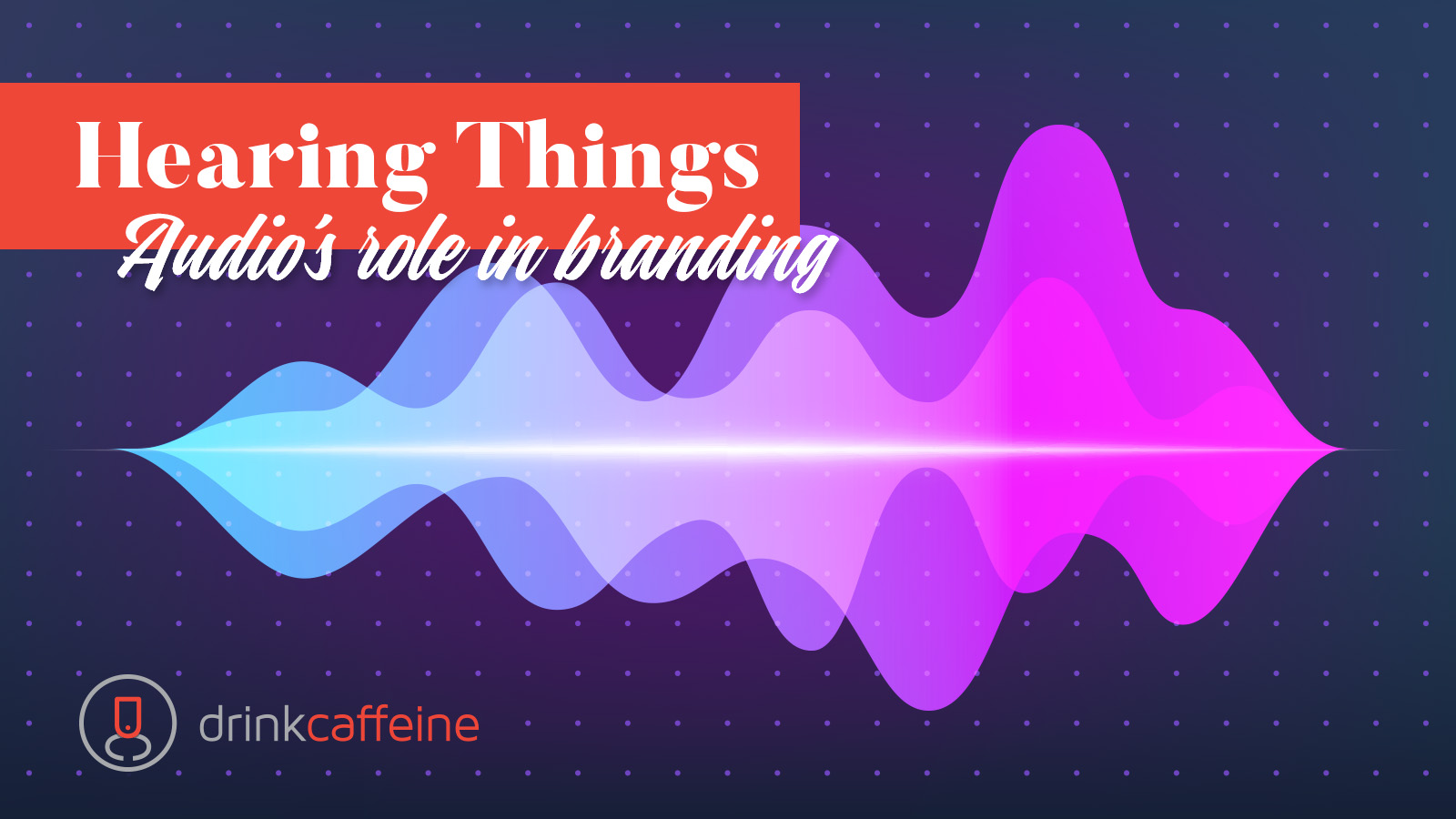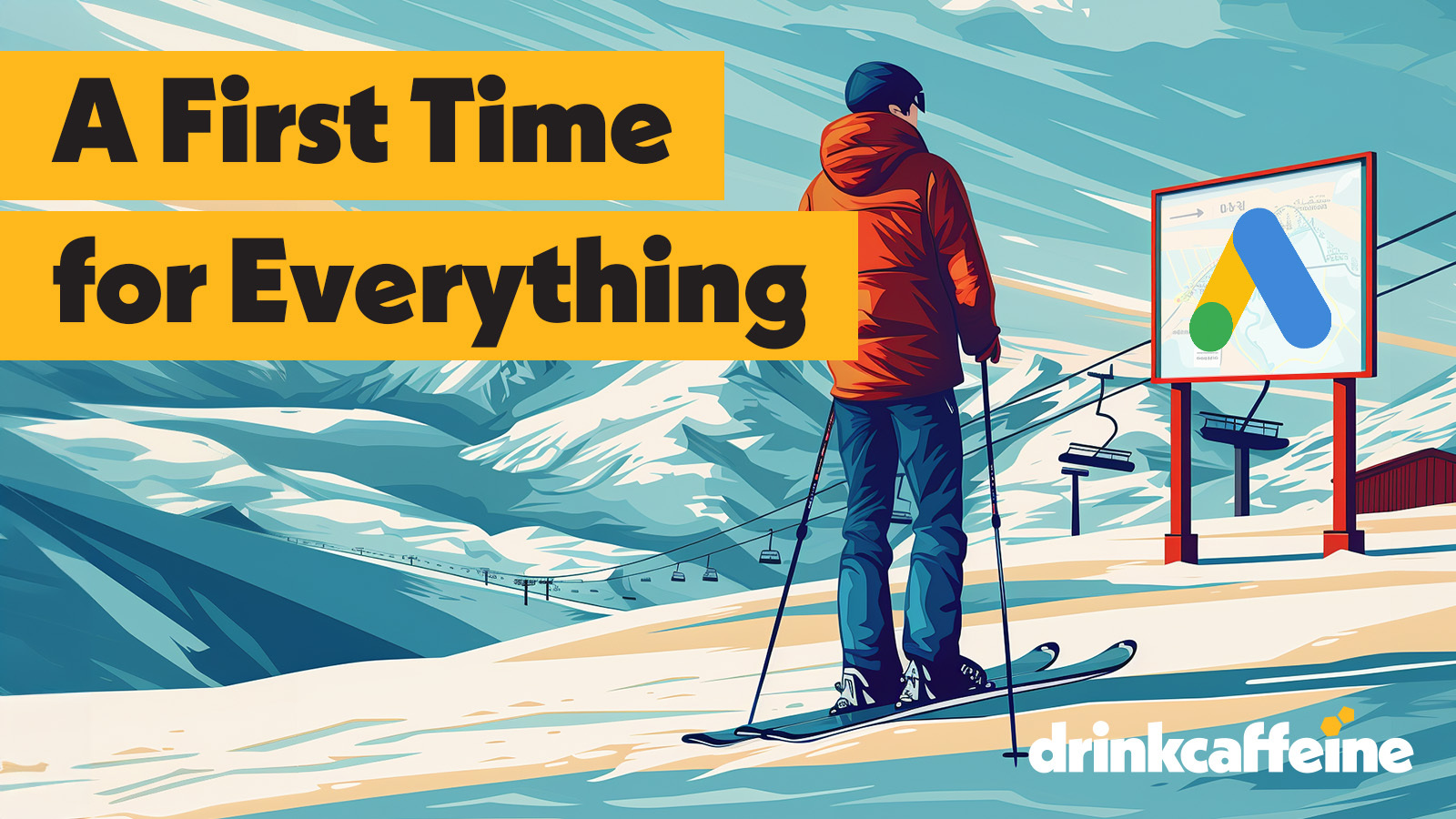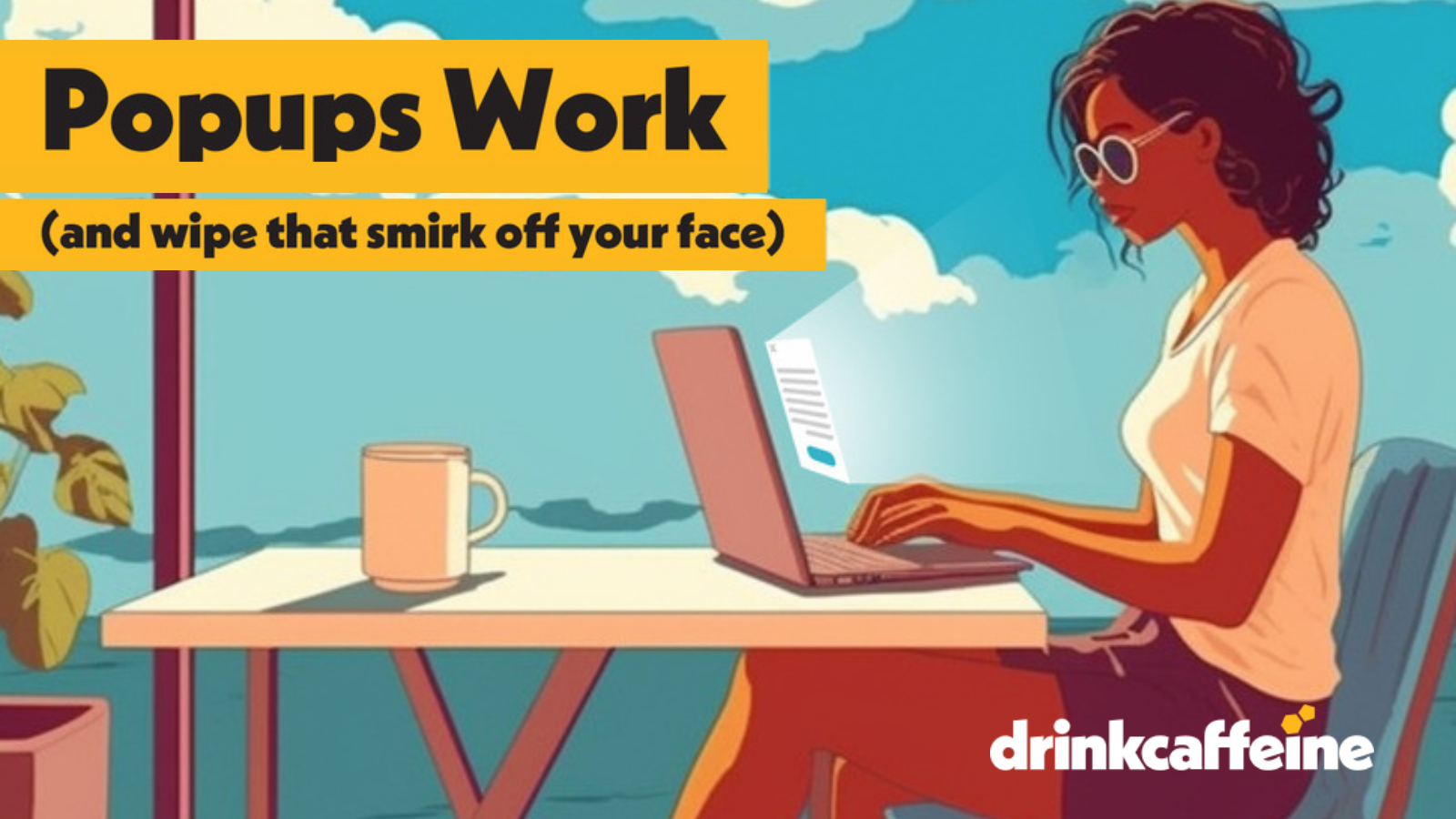Did you hear about the Zoe Kravitz Super Bowl ad for Michelob Ultra?
The spot uses the sounds of near-silence – whispers, tapping finger nails, carbonated fizzing – to draw viewers into the ad by their ears as much as their eyes.
The auditory phenomenon Michelob was leveraging is called ASRM, or Autonomous Sensory Meridian Response. Loosely defined, it can induce a state of sensory bliss in a listener with intimate, textured sounds.
While ASMR may seem like an internet shooting star, it calls attention to something that’s been missing from brand development: a sense of sound.
Forgotten principles: Silence is negative space.
In the field of visual design, much is made of the need for negative space – space where nothing much is happening – as a means of calling viewer attention to what’s essential. It’s a fundamentally Japanese concept and it’s a critical aspect of advertising for every medium – including radio and audio, where negative space is rendered as silence.
The problem is that marketers are too intent on filling every inch of space and every second of time with content. The result: Our marketplace today, filled with undifferentiated clamor.
Remembering the speed of audio.
Visual branding is a much hotter topic than audio branding, but hearing is faster than seeing.
Yes, on-screen video has pre-muted audio and yes, any TV watcher can locate the remote mute button blindfolded.
But the world loves headphones and earphones and because of this, brand managers may want to listen to a few reminders regarding how their brand lives in sound.
The toolbox: 7 tactical elements to consider in audio branding
Voice
Voices don’t just carry the message. They can evoke a full range of human feelings and emotional textures. You don’t need to hire Morgan Freeman or Donald Sutherland. You simply need to audit talent thoroughly – and not settle for vanilla VO talent.
Music
Consider original compositions for video sound beds, on-hold music, and other places where audio is used in a branded environment. There are lots of talented audiophiles and musicians out there who are for hire. Just make sure you’re clear on what you need: Not just the overall tone and style and mood of the music, but also the number of compositions, exact lengths of audio cuts, and terms of ownership.
Soundalike hits
Sites like Pond5 now offer royalty-free stock options that masquerade (in some cases better than others) for the real thing. Clients find it tempting when there’s a famous sound or song that perfectly accompanies a video or VO. We advise caution: The cheese factor is a serious hazard.
Semi-custom stock
Stock music is now available with the ability to mix instrumentation. It’s still stock, but it can be tweaked to accommodate the mix you want.
Audio icons
AKA “sounders,” this form of audio signature was revolutionized by Pentium’s Intel Inside campaign, which branded a sound icon onto the minds of millions. Every brand would love to replicate Intel’s success, but for an audio icon to work, it must be part of a significant audio/video media schedule. Without market saturation it dies in silence.
Jingles
Yes, jingles live on, and brands continue to invest in them. But again, like audio icons, you need a powerful budget to make a jingle into an earworm that is lodged in consumers’ brains. Nationwide and McDonald’s are exhibits A & B in that argument.
Silence
Again, to invoke Claude Debussy, the space between the notes is what allows the notes to be heard.
If any of this sounds interesting,please reach out and let’s have an interesting conversation.


